I love researching things that strike me as interesting. I’m creating a food forest in my backyard, so I want to know what parts of plants I can incorporate into my meals. Spring is a great time for edibles in the garden. I’m not talking fruit but instead: leaves, flowers and even pollen!
I bought an incredible book years ago that’s basically the Bible of medicinal plants. It’s here: best medicinal plant book
I trust that book and it is written by one of the foremost authorities in holistic healing through plants. It’s also handy to look up foraging websites like this one: learn about foraging!

Dill flowers
Of course many herbs are the leaves of plants so dill, basil and cilantro may be familiar to you, but did you know their flowers (some flowers are over poweringly strong, so try them before you include them in a salad.) are delicious too? Take a glance out your window and make a list of what you already have growing (even some weeds, like dandelion, are edible) and start your search. If you can’t completely identify a plant take a piece in a sealed zip lock to a nursery and ask for help. Don’t eat something if you aren’t absolutely sure what it is!
After identifying your plants and once you know what kinds of foods, teas and tinctures you want to try you can go out into your yard and browse! My leaves from trees are at their best in the spring. By midsummer the wind has them torn up and they are experiencing bug and disease pressures. So now is the time to use them.
If you are new to foraging: slowly dip your toes into this idea. Overconsumption or a rapid change in your diet can cause intestinal distress. Our modern diet is full of predigested simple carbohydrates and chemically laden empty calories. It takes a little while to get your body used to doing the work of breaking down whole foods.
Here are a few of the ways I use edible leaves, flowers and tubers:
Fig leaves. Popular from ancient times the fig tree has a lot to offer. Wrapping a meat like chicken or fish, and steaming it in a grill, imparts a coconut flavor. It’s very mild but a good addition to a lot of recipes. Click here for: Fig leaf cooking ideas




Here I have fish in fig leaves and a homemade tartar sauce. You can grill these but I prefer to oil the leaves and then place them on a cookie sheet with a piece of fish with sauce between two fig leaves. Then I cover them in foil and bake them. You can use any baked fish or chicken recipe. The coconut flavor is not sweet, so it goes well with many dishes.
Persimmon leaves. These make fantastic tea. You can roll the leaf from the tip back towards the bottom and stick the stem through the roll for a tidy treat. Click here for: Persimmon leaf uses that’s one in the cup below!
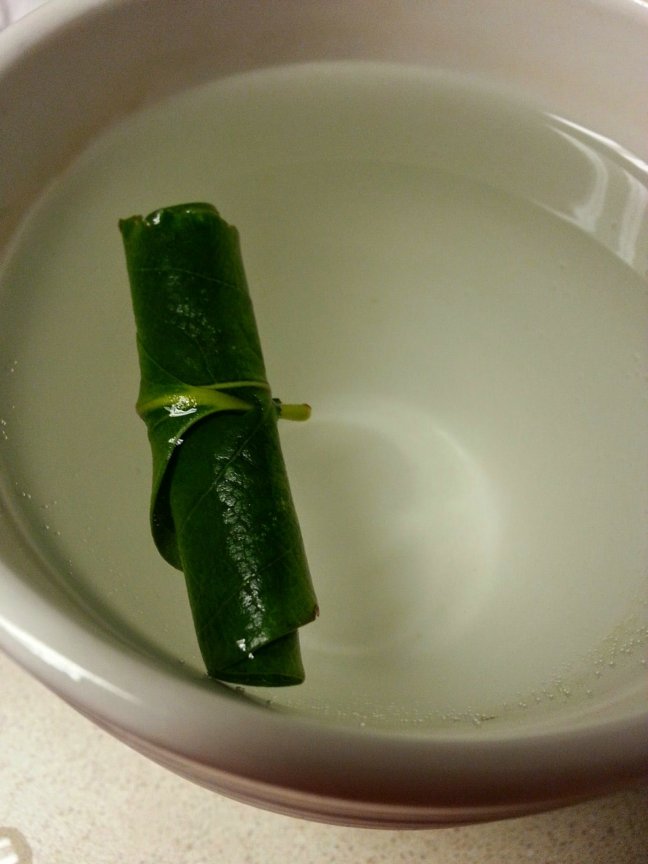
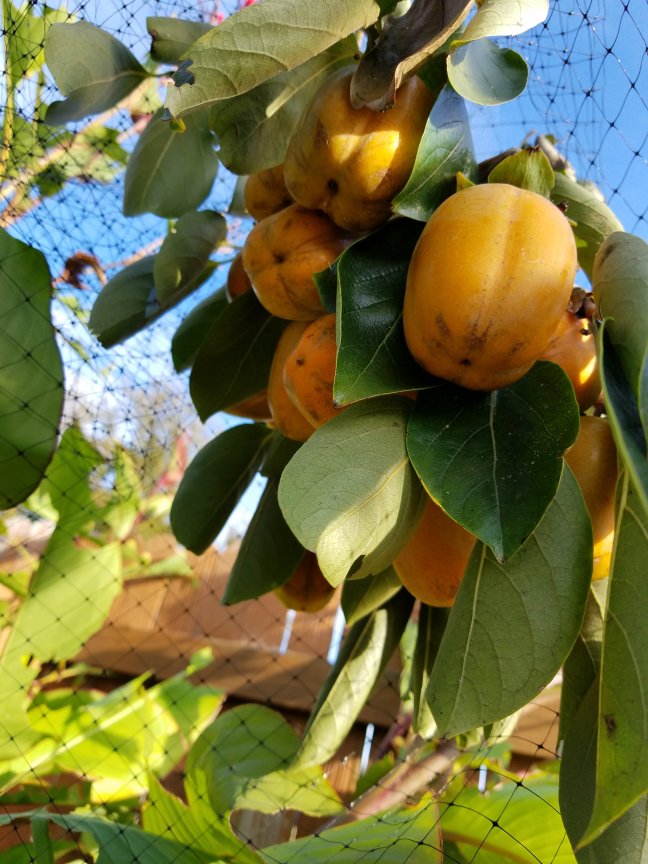
Pomegranate leaves. I love my pomegranate. It has soft seeds and is incredibly good. But the leaves make a great tea for insomnia. They have the most beautiful flowers, too! You can also use leaves and petals in your next smoothie: Uses for pomegranate leaves.

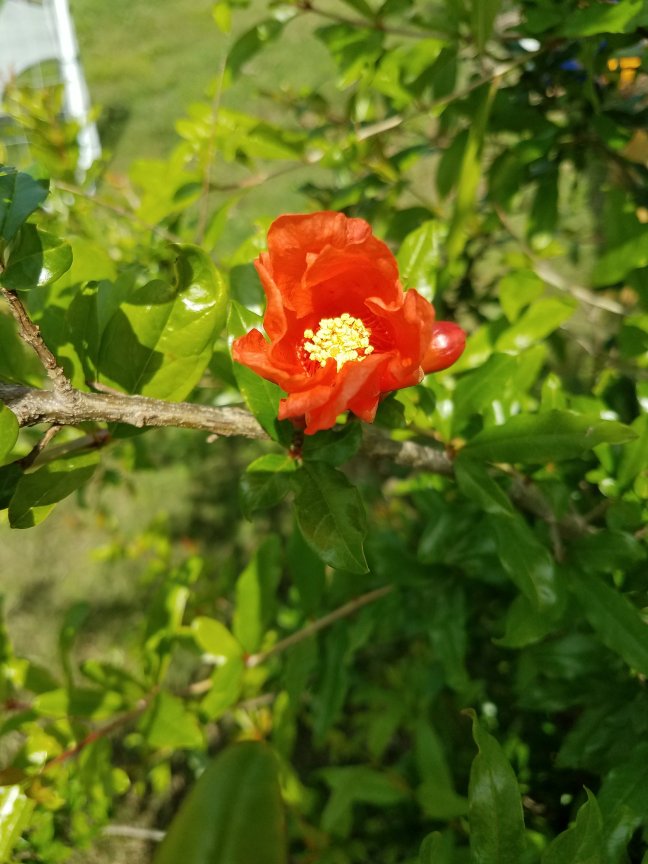
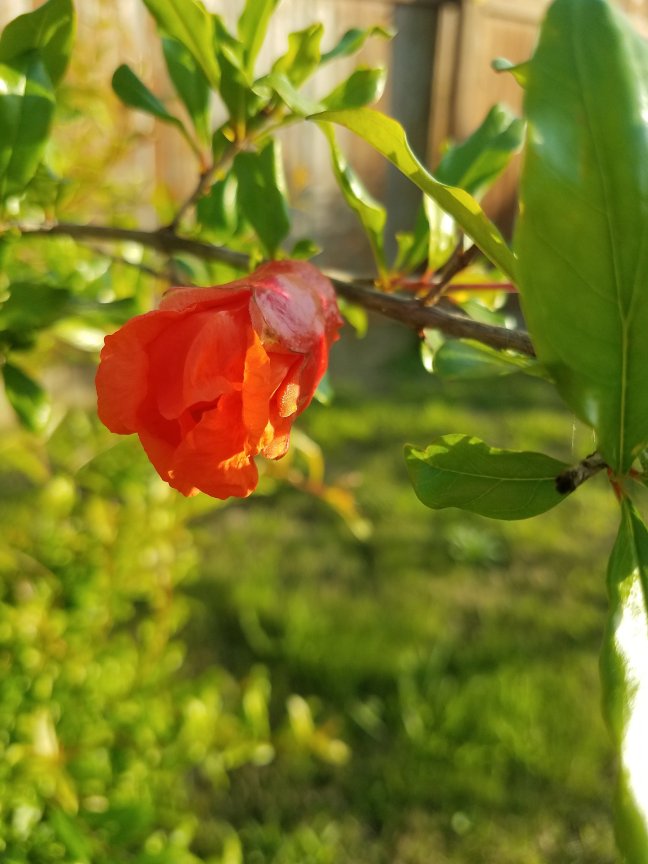
Goji (or wolf berry). These are great in salads. In fact, you could make an entire salad of all of leaves above! goji berry leaves
Red raspberry leaves and blackberry leaves have historically been used as teas to treat a variety of medical issues: WebMD uses for red raspberry leaves


NCBI uses for blackberry leaves


The white Mulberry (morus alba) is the best Mulberry variety to eat leaves from, as they are tender and have good flavor. Use as a salad, tea, or instead of grape leaves in recipes.
I grow olive trees and yes, olive leaf tea is also something you can make at home. My trees are young so utilizing the leaves creates a use for an immature tree. Here’s a link for the benefits of olive leaves: olive leaf

Lavender makes a beautiful tea and I also eat the flowers in salads and even sandwiches.

Nasturtium is a peppery tasting plant and the flowers and leaves are good as an addition to salads. Here’s more on nasturtium: nasturtium
Begonias are edible too! begonia and other edible flowers

The caladiums at the base of this tree are not edible, while the begonias surrounding them are. Always check before you try something new.

Canna is a substitute for asparagus in the southern garden. The plant is related to banana and ginger and the leaves can be used to wrap food for cooking: as banana leaves are used. The tubers taste like potatoes and are a great addition to a food forest (or a supplemental garden for those who want to try and outwit the end of the world. While people may steal your tomatoes, they will overlook your patch of canna!) canna uses
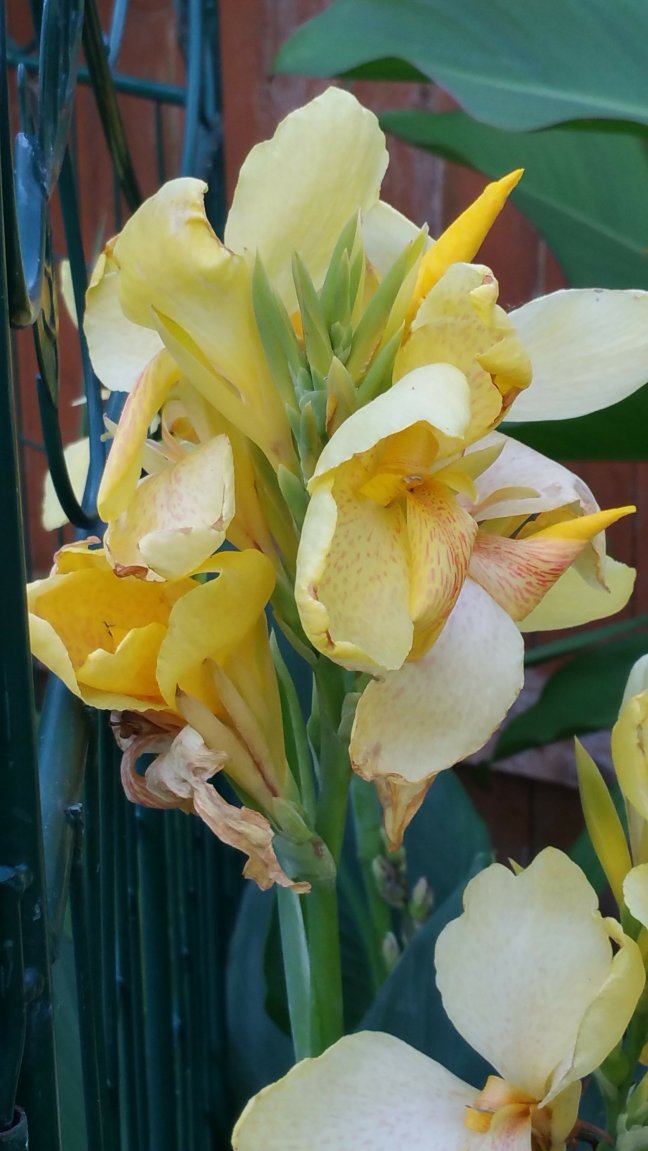
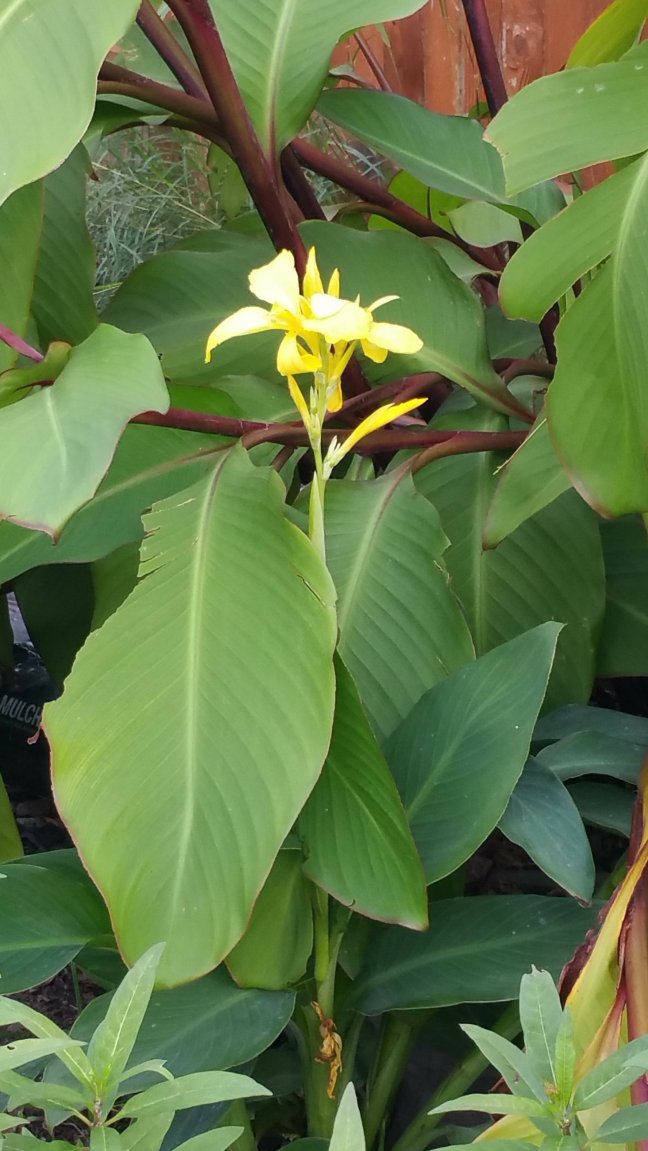

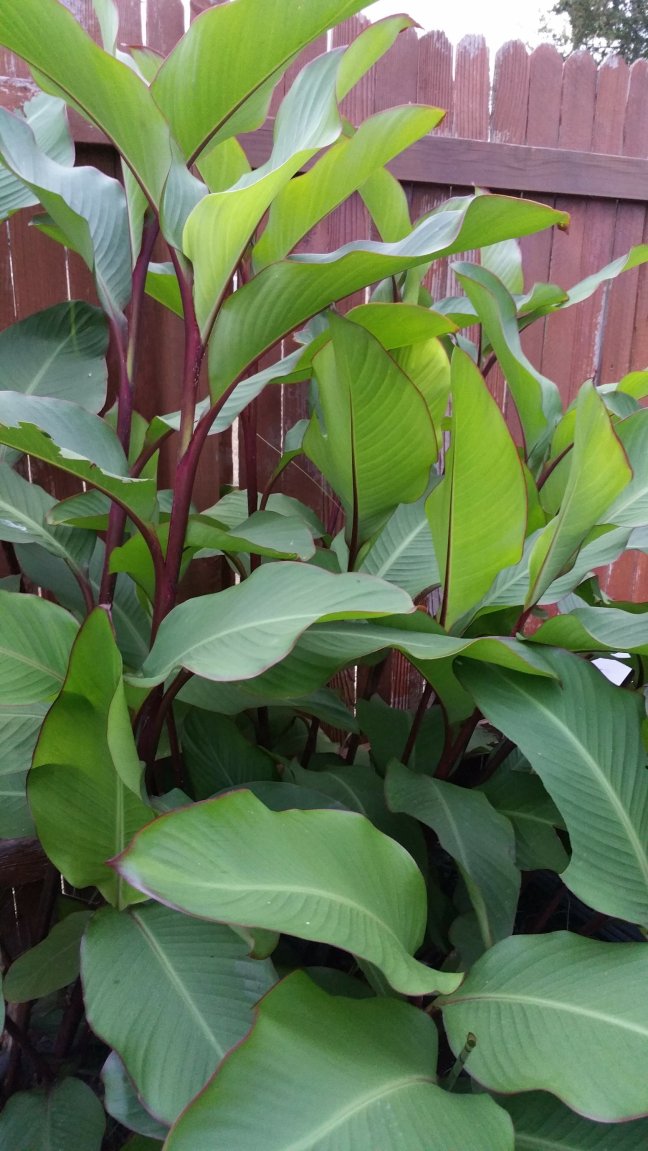

Daylilies? Why yes! They’re also edible the edible daylilily



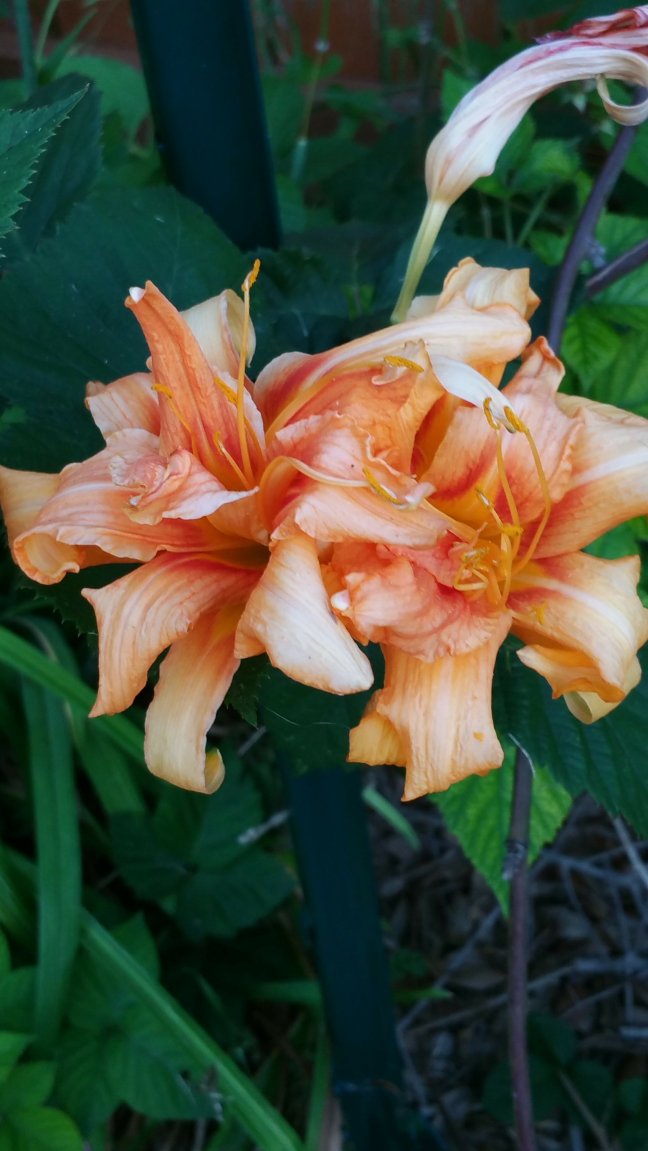
Cattails, which I walked past for years and not had a thought to eat, are great in spring with their new shoots peeled and you can also use their profuse pollen as flour. cattail pollen
Fiddlehead fern fronds are a great spring treat and incredibly delicious! Edible fern frond
For those of you in cooler climes: pine needle tea is yummy. pine needle tea for vitamin C! Down here you can get your fill of vitamin C in cactus pads (or nopales) which I can get at our local grocer. lots of prickly pear cactus recipes!
One of my very favorite flowers for tea are hibiscus and turk’s cap (same family as okra and other mallows) which make a beautiful, tasty dark red tea. They sell dried hibiscus flowers this far south at our grocery store. Hibiscus tea is popular in Mexico as well as Central and South America. But I grow the plants every year for their gorgeous showy flowers. All hibiscus flowers are edible, the color does not matter. Add a little honey and mulling spices, it makes for a lovely tea.
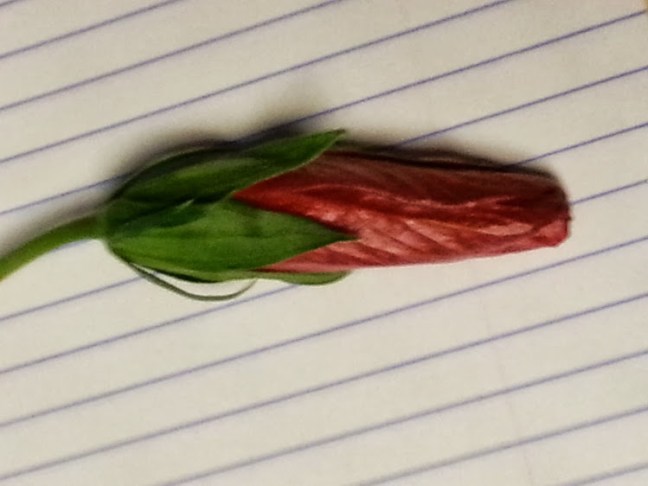

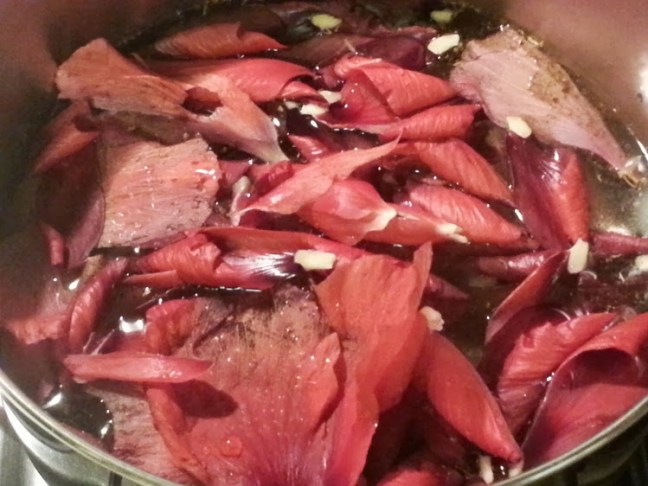

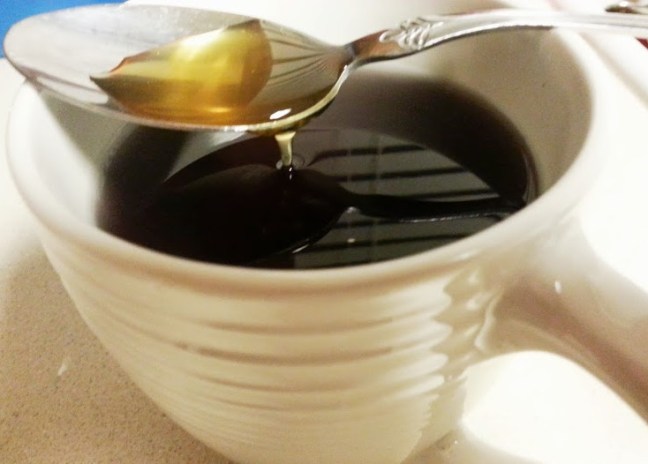



(An okra flower. These are great as fritters. You can find a recipe for those up on the daylily link.)
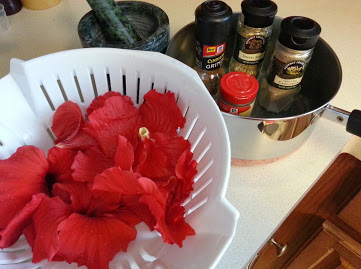
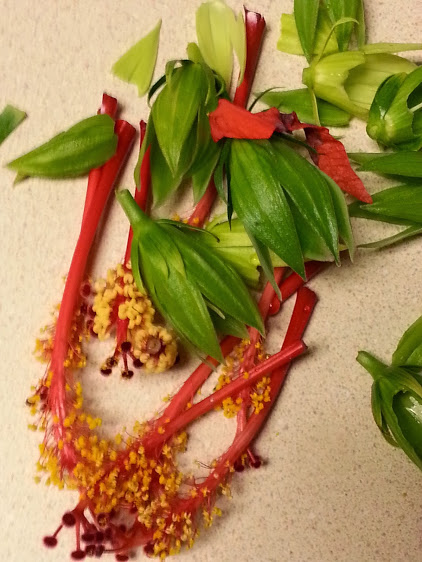
And last I’ll leave you with another plant I would have never thought to eat, and that is: fushia berries! Not only gorgeous blooms but edible! Who would have thought to pop a few of those in your mouth? fushia berries
I’m going to stop there, but I’m definitely not done going through what you can eat in your own yard. The list is incredibly long, so I advise looking up anything you have (or want, in the future) in your garden. So many things with so many flavors! Here’s a link to a few vegetables that do double duty as you are waiting for their main crop.
I will also leave you with a tale of caution. I grew up in the south. My mother used to put Lantana leaves in our sun tea every summer. They had a wonderful citrusy taste. They are also: poisonous. It had a great taste, and we never got sick, but I would never use Lantana for any purpose outside of pollinator gardens and for it’s beautiful flowers. SO, with that said: even if you taste something, and it tastes great, it doesn’t mean it’s edible. For heaven’s sake: look it up online first! We didn’t have Google when I was a kid, but there’s no excuse for ignorance now!
Happy foraging! And let me know your favorite garden plant to enjoy in early spring!
Discover more from Crazy Green Thumbs
Subscribe to get the latest posts sent to your email.


A food forest is a cool idea. We enjoy gardening but that is essentially an exercise in taming nature. Simply encouraging edibles to grow naturally in your environment is a different approach all together; perhaps we shall consider this down the road once relocated. Thanks for the cool post.
I recommend “Gaia’s garden” book by Toby Hemenway for a fantastic introduction to permaculture. It really expanded my understanding of how you can combine your yard into a food forest. Another good one is “Edible Landscaping” by Rosalind Creasy. Your local university probably has a publication on edible plants in your area.
We’ll keep those titles in mind. That info will be useful once we move to the forever house.
I’ve just been foraging in the back garden for flowers to eat for my evening meal: primrose and pulmonaria.
If I’ve understood correctly ginger and banana are from the same family?
Yes. They are in the same family. I have white Ginger in my garden and it is Hardy in my zone 8b/9a. My bananas have to come inside for the winter, but I grow, and enjoy, them both. https://www.britannica.com/topic-browse/Plants/Flowering-Plants/Ginger-and-Banana-Order
Well, they’re not something I can grow as we do get a bit of frost. I tried ginger in the house but it never germinated. Good luck with yours – and of course the bananas. Yum!
Wow, so much yummy info here! I’m not a gardener but have been intrigued by the idea of urban foraging ever since learning about it during an herb garden tour here in NYC. There’s much food all around us if we know where + what to look for. It’s really incredible. Thank you for sharing your passion-filled expertise! And oh, yes, hibiscus tea is one of my favorites ~ 😊